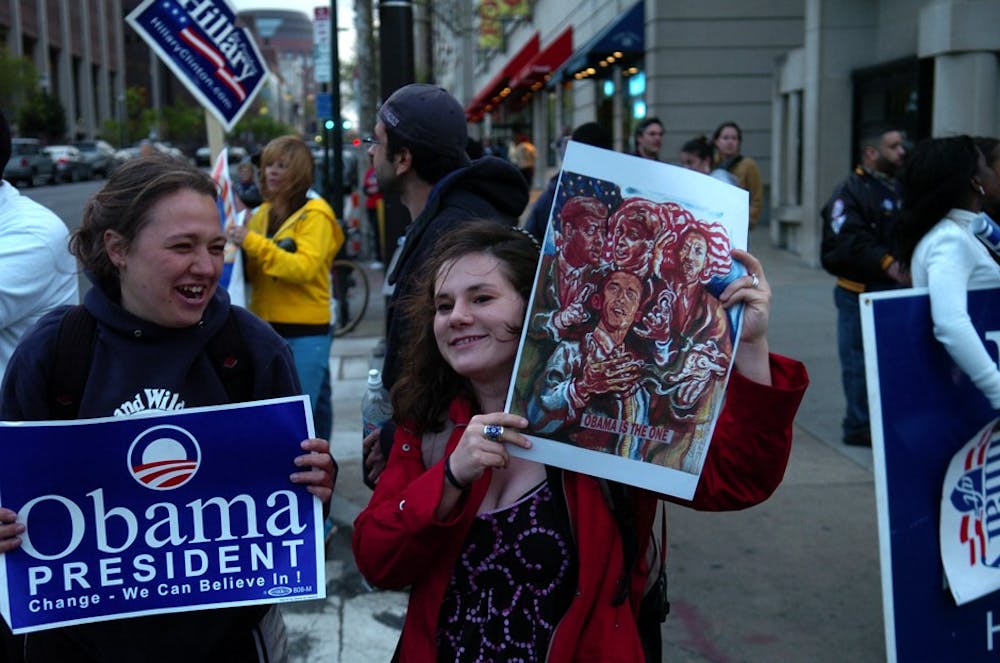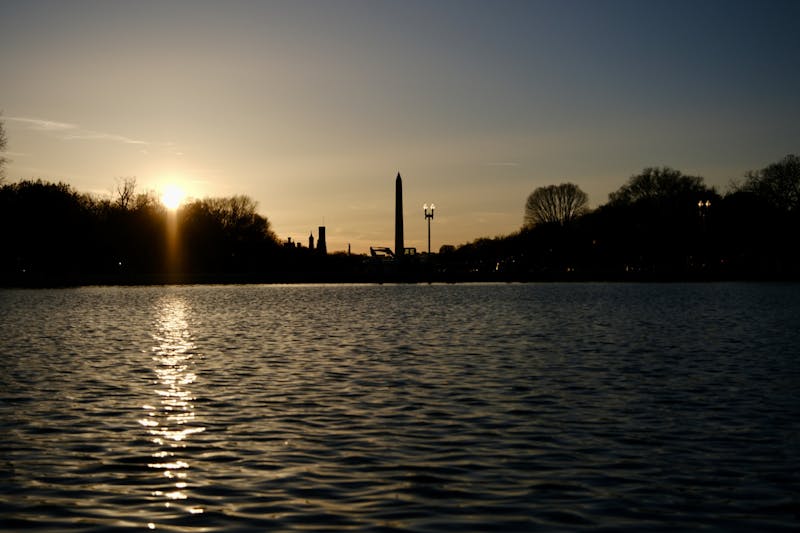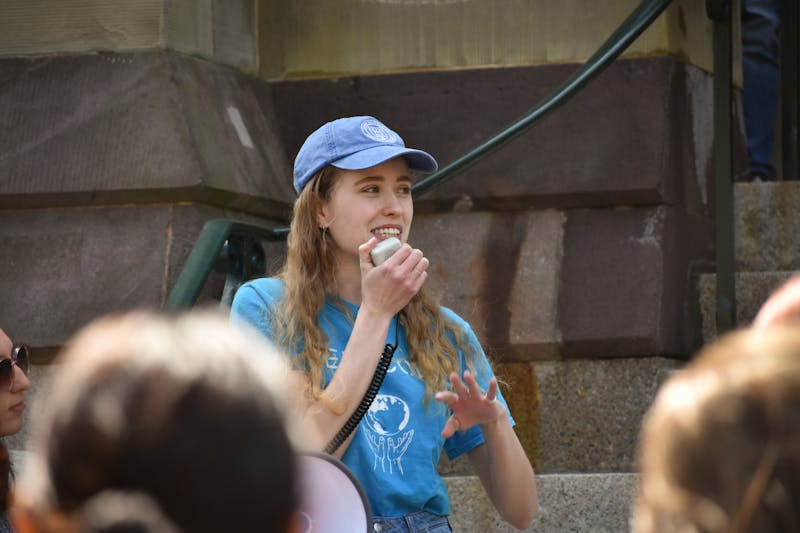
Two years ago, it was difficult to get away from politics on campus.
Back in March 2008, the Pennsylvania presidential primary election was just a few weeks away. The state was the center of the national political circus as then-Senators Barack Obama (D-Ill.) and Hillary Clinton (D-N.Y.) competed for the Democratic nomination.
But today, even though Pennsylvania has one of the most contested Democratic Senate primaries in the country, student engagement in the race remains relatively low — a fact that both student groups and the candidates themselves are trying to change.
Both candidates in the Democratic primary, current U.S. Sen. Arlen Specter and U.S. Rep. Joe Sestak, have loyal followings on Penn’s campus.
But student leaders say that outside these groups, the election is much less pervasive on campus than the 2008 primary, when students widely volunteered for Obama or Clinton and attended political events around the city.
“Our biggest fear and concern is that there’s no motivation this year,” Penn Democrats president and College sophomore Emma Ellman-Golan said.
She said the group is stressing to students that “all elections are important” and has a table on Locust Walk every day to encourage students to register to vote.
“In an off-year election … there’s going to be an overall sense of complacency around campus,” Penn Students for Sestak coordinator and College senior Cameron Clark said. “No one is going to be as excited [for this spring’s primary] as they were for Barack Obama.”
Another complication with harnessing student energy is that the primary doesn’t take place until May 18, the day after Penn’s Commencement ceremony, by which time most students will have already left campus.
Penn political groups are encouraging students to register to vote by absentee ballot so they can still take part in the election.
To a certain extent, experts say, capturing the excitement of 2008 is impossible because turnout for midterm elections and primaries is always much lower than that of a presidential election.
Peter Levine, director of the Center for Information and Research on Civic Learning and Engagement at Tufts University, said it’s difficult to predict the youth turnout in 2010 but that it will be comparable to previous midterm elections, not to the 2008 election.
“Turnout might go up or down compared to 2006, but it will be in the ballpark of 25%,” Levine wrote in an e-mail. “In presidential years, youth turnout is always more like 50%.”
Political Science professor and Fox Leadership Program Director John Dilulio agreed.
The 2008 election turnout was “especially robust,” DiIulio wrote in an e-mail, but predicted that the 2010 turnout will be “relatively anemic.”
Despite difficulties in student engagement this spring, student groups plan to up their campaign efforts in the coming weeks to increase the election’s visibility on campus — as do the candidates themselves.
Specter and his campaign plan to get young people excited “by emphasizing the need for citizen participation,” he said on a conference call. “I think the more information people have, the more likely they are to participate in the political process.”
The Daily Pennsylvanian is an independent, student-run newspaper. Please consider making a donation to support the coverage that shapes the University. Your generosity ensures a future of strong journalism at Penn.
DonatePlease note All comments are eligible for publication in The Daily Pennsylvanian.







